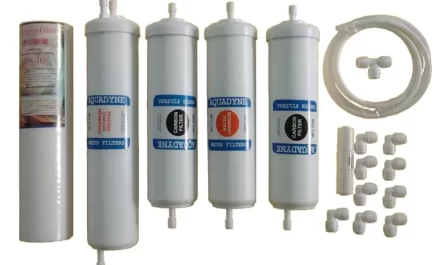When you need to send money to someone, you have two main options: using a money order or using a money transfer service. So how do you decide which one to use? Both can be great options depending on the situation and your financial needs, but they have some key differences. This article might be what you’re looking for if you are keen on how they work, how they’re different, and when you might want to use one over the other.
Basics of a Money Order
Money orders are a popular way to transfer funds. They typically have an expiration date, so there’s a time limit on when you can use them. The government doesn’t provide insurance for money orders, so your loss is limited to what you paid for it. Remember that money orders may still take several days to arrive, depending on where they need it sent. You may be able to buy them online or at retail locations, depending on your needs.
What Are the Benefits of a Money Order
A money order is a money-based instrument issued by a licensed commercial bank or other financial institutions. The money order provides you with a safe alternative to carrying cash when making payments on purchases that are too large for checks but small enough not to warrant using your credit card. A lot of companies accept money orders as payment. For example, there are approximately 250,000 Western Union locations near me in more than 200 countries and territories worldwide.
What is a Wire Transfer?
A wire transfer is a form of electronic funds transfer that transfers money electronically in real-time to the recipient’s account. It differs from other methods such as a direct deposit or an Automated Clearing House (ACH) transaction in that it makes no distinction between domestic or international payments. However, recipients generally need to open a bank account before receiving a wire transfer.
What are the Benefits Of A Wire Transfer?
Unlike money orders, wire transfers are a form of electronic payment that allows you to transfer money from one bank account to another. Wire transfers can be free, depending on your bank, or cost anywhere from $5-50 for each transaction. Benefits include easy payments across long distances in a very short period of time. While online money orders often take two to three days before they are sent and delivered, wire transfers will allow you to pay someone across town in less than five minutes!
Disadvantages of Using Wire Transfers Over Money Orders
Higher costs. It is cheaper to use a money order than to transfer funds through a wire. Wire transfers cost both their sender and receiver; they have a significantly lower limit (usually between $1,000–$3,000). While money orders are usually free, sending money via mail may cost up to $20, depending on your location.
Buying a money order is almost always less expensive than transferring funds electronically, especially for amounts under $2,000. However, wire transfers are faster and offer much higher limits than money orders. You can reach out to places like Western Union if you need help with wire transfers.



